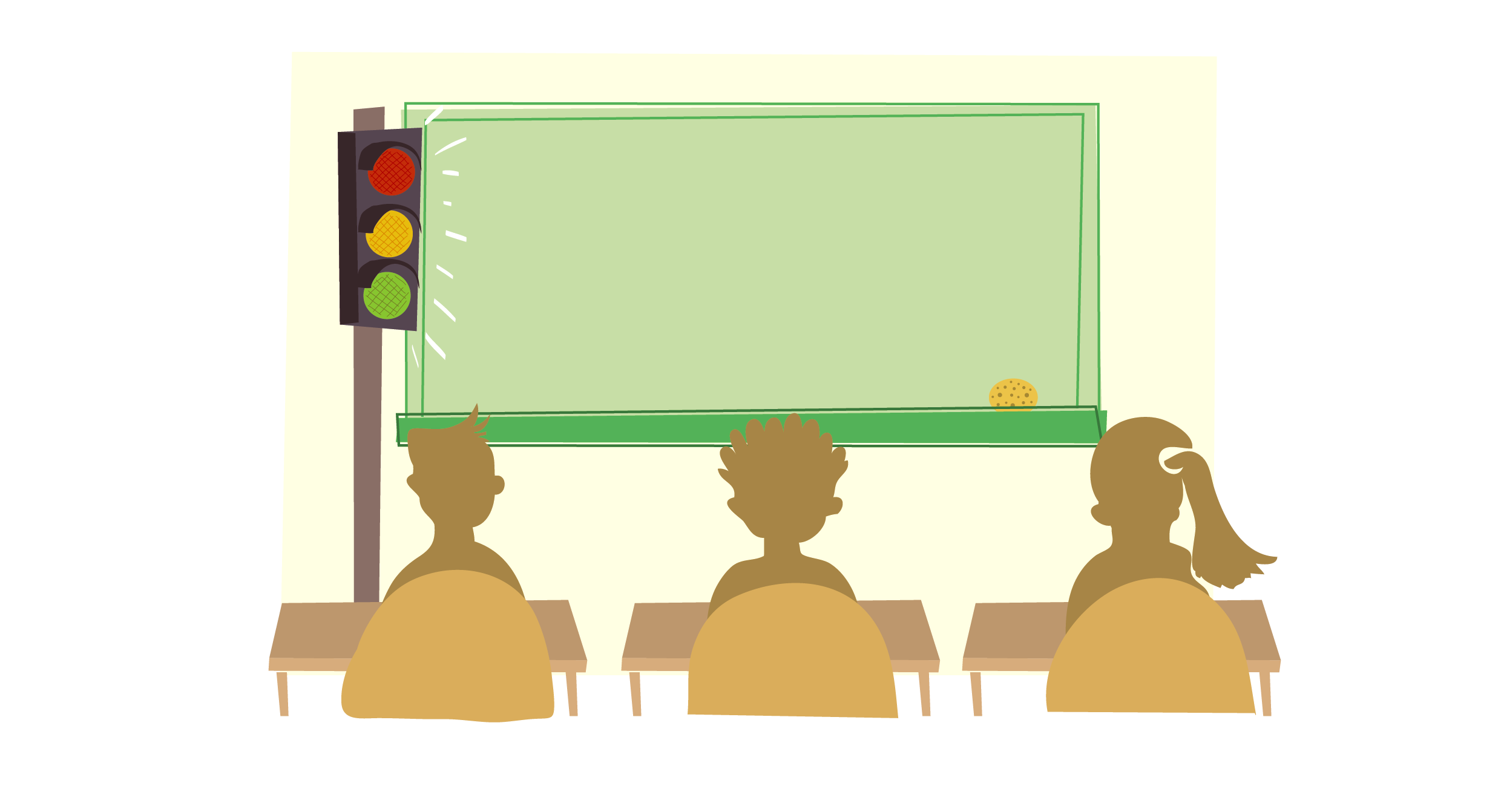Controversial issues in the curriculum – Facilitating discussion
Living Democracy » Principals » CONTROVERSIAL ISSUES » Controversial issues in the curriculum » Controversial issues in the curriculum – Facilitating discussionHow do you present controversial issues for discussion in the classroom? Asking students simply to take sides and argue for or against a proposition is rarely enough. It doesn’t do justice to the difficulty of issues or to the lack of information some people have about them.
Aggree, Disagree, Don’t know
Label three walls of the classroom ‘AGREE’, ‘DISAGREE’ and ‘DON’T KNOW’. Read out a statement on a controversial issue, e.g., “It is wrong to eat meat”. Ask students on their own to reflect on the statement and go to the wall which best reflects their opinion, i.e., whether they agree or disagree with it, or don’t know what to think. Re-arrange the chairs and tables so that the students are sitting in rows along the walls they have chosen, facing inwards. The ‘AGREE’s and ‘DISAGREE’s should be facing each other with the ‘DON’T KNOW’s in between. Give the students a chance to express and discuss their opinions, taking turns, one person speaking at a time – as follows:
- ‘AGREE’s put their arguments to the ‘DISAGREE’s
- ‘DISAGREE’s put their counter-arguments to the ‘AGREE’s
- ‘AGREE’s and ‘DISAGREE’s interact with each others’ arguments
- ‘DON’T KNOWS’ express their own thoughts on the issue – however confused – and have a chance to question ‘AGREE’s and ‘DISAGREE’s
- ‘AGREE’s, ‘DISAGREE’s and ‘DON’T KNOW’s interact with each others’ arguments and questions.
This kind of activity requires at least one hour and a half, maybe more. To debrief, you may wish to ask students to reflect on the state of their opinions after the exercise, identify the most salient points in the debate, or consider how they might explore the issue in more depth.


